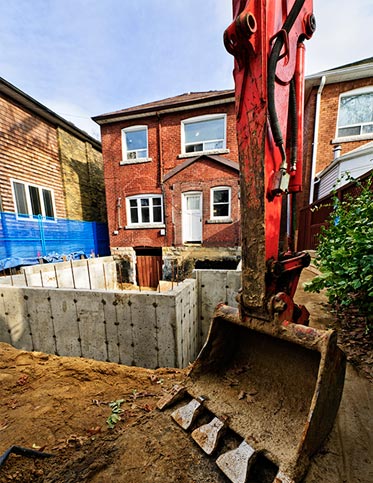Whilst a renovation project might look like the ideal opportunity at first glance, dig a little deeper and all may not be what it seems. Those who are successful when renovating a house are able to separate the good from the bad.
Whilst a quick look at renovation opportunities for sale will undoubtedly bring up many ‘houses in need of modernisation,” not all of these will necessarily offer value for money.
Renovating a house is a popular way of not only getting a the house you want without blowing your budget, it also offers the opportunity to put your own stamp on a property, meaning some of the renovation projects you might find may well end up selling for far more than they are worth. You could essentially end up paying more for a wreck.

Renovating a House vs. Remodeling
The terms ‘renovate’ and ‘remodel’ are often used interchangeably but they do have quite different meanings.
When it comes to buildings, renovation is more akin to restoration than remodeling — that is to say, bringing something back to its original state, to reinvigorate and refresh.
Remodeling, on the other hand, essentially refers to changing a building, perhaps through altering its layout or extending.
Of course what most owners of old houses end up doing is a combination of the two — returning original features and the bare bones of the property to their former glory whilst playing around with the layout in order to make the house more suitable for modern-day living.
The key thing to look for when assessing a house for renovation is its potential in terms of what can be done with its design and the financial potential it offers. Consider the location and immediate area, the achievable design possibilities and don’t forget to thoroughly assess the current structural stability of the building.
Be realistic about factors you can’t change, and be bold about what you can.
When renovating a house, be prepared for structural problems, but also remember that almost all structural problems are solvable to some degree. Obviously severe structural issues will have a big impact on your budget and could affect your insurance options, as well as its eventual resale.
Always view a property at least twice — taking a video if possible in order to analyse it further once you get home.
Do I need renovation home insurance?
Do you need to hire designer before renovation?
A professional designer will be able to talk you through the planning permission process, produce designs based on your brief, advise on what will or won’t be viewed favorably by the local planners (some works might fall under permitted development) and give you a good idea of how far your budget will stretch.
How long does it take renovation with internal structural changes?
Period houses were often designed to incorporate lots of smaller spaces and may have been subject to a smash it of ill thought-out additions over the years, meaning the general flow of the layout can be left lacking.

